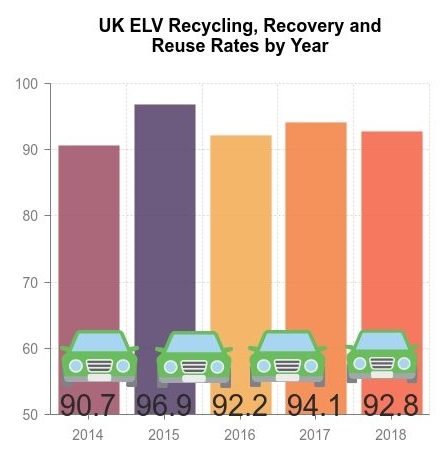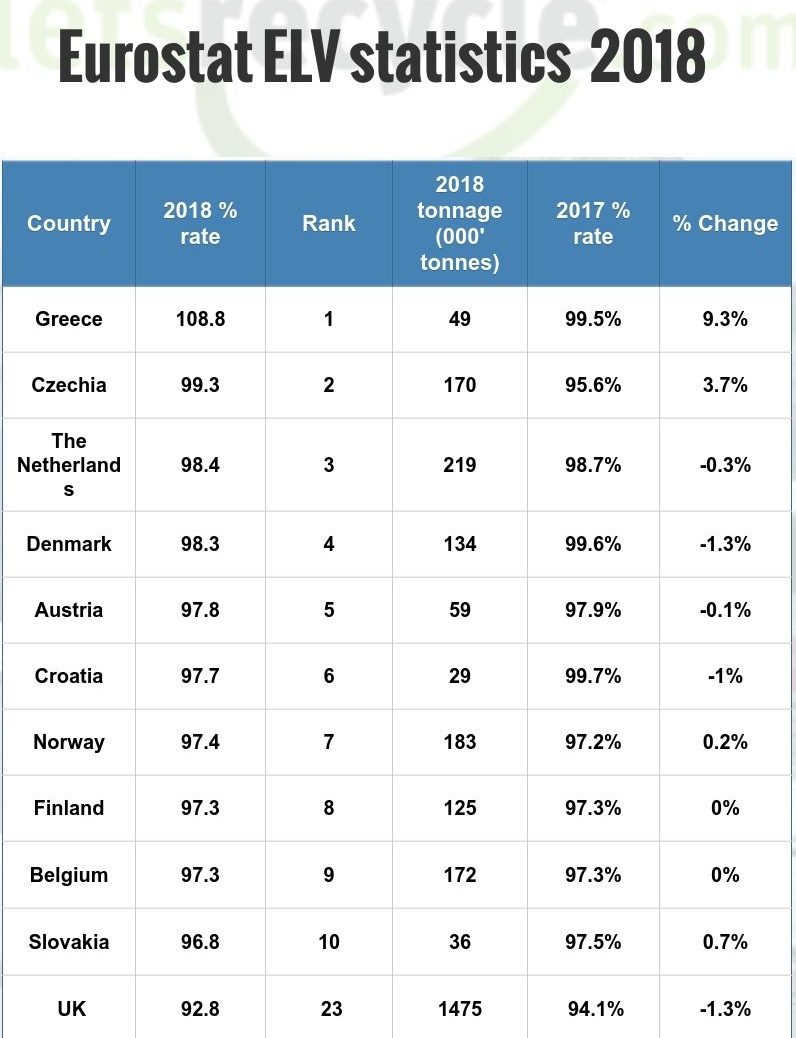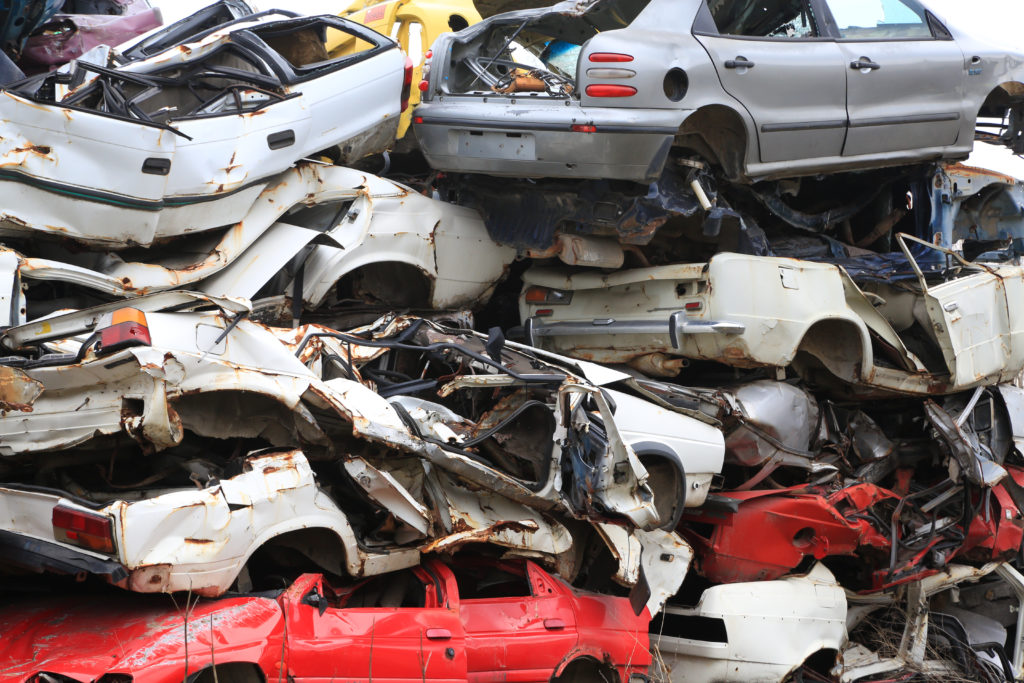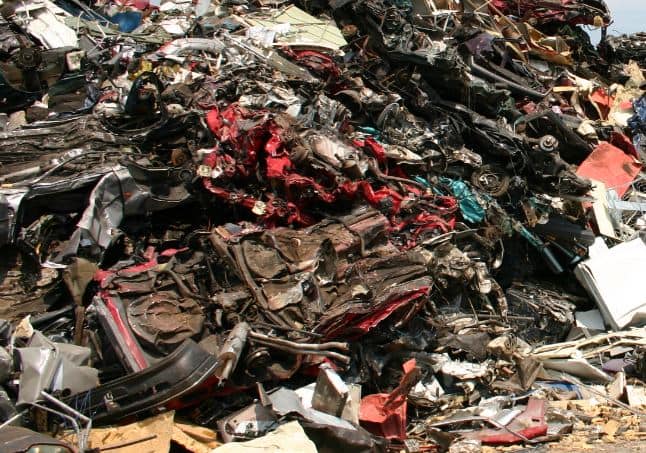However, in terms of tonnages handled through the UK’s official recording system for end of life vehicles, volumes were virtually the same as 2017 at 1.47 million tonnes in 2018.

Total volume of ELVs to which the targets applied was 1,589,882 tonnes in 2018 up by 18,000 tonnes on 2017.
France
Across Europe, the UK has traditionally had the highest tonnage level of reuse/recycling and recovery but it has now been eclipsed by France.
The French end of life vehicle recycling system saw its tonnage rise by almost 500,000 tonnes in 2018. In 2017 France reported a 1.15 million tonnes recycled/reused and recovered to a potentially surprising 1.61 million tonnes in 2018.
Volumes
Highest volumes of car recycling by tonnage occur in France, the UK, Italy and Spain because nations such as Germany and Austria send many of their older used cars to eastern Europe, so these are not usually included in their tonnage recycling data.
The overall recycling target of 95% requires an 85% level of recycling and reuse, with the additional 10% by recycling/reuse and recovery for energy from waste.
The UK recycled or reused 1.31 million tonnes in 2018, which means that the UK’s recycling/reuse rate stood at 85.2%, which was above the EU target for 85% for recycling/reuse alone.

Defra
A Defra spokesperson said: “The UK’s end of life vehicle (ELV) reuse, recycling and recovery rate remains high, and has in fact improved almost 60% since 2015.
“As set out in our Resources and Waste Strategy, we are committed to driving recycling and recovery investment in the sector – and are considering whether links between target obligations and achievement are sufficiently robust.”
“The UK’s end of life vehicle (ELV) reuse, recycling and recovery rate remains high”
The Department has also noted that since 2016 the recycling rate has been calculated against a vehicle base weight of 1,130 kg per vehicle compared to 971 kg prior to that, an increase of over 16%.
The higher weight coupled with the increased number of vehicles going through the system meant that the total tonnage declared as reused, recycled or recovered under the official system was almost 60% higher in 2018 (1,475,215 tonnes) and 2017 (1,478,123 tonnes) than in 2015 (936,354 tonnes).
Data
The European recycling data for end of life vehicles has long been a subject of discussion with regard to accurate reporting and the French figures are expected to confirm that the data can be difficult to align.
From a UK perspective, the point has been made within the ELV sector that the targets are now harder to meet because higher vehicle weights have been introduced for target calculation which, while positive in terms of recycling, makes them harder to achieve. The change to the statistical average was made in 2015.
The difficulty in hitting the targets, which are thought to be the highest for any material stream under a producer responsibility regime, is also seen within the ELV sector as partly down to the fact that recycling markets for some of the shredder residue material, such as plastics are still difficult. Similar challenges are faced as by the waste electrical and electronic sector. And, bespoke energy from waste plants to handle waste from ELVs are limited and landfill may be a cheaper option for residue.
Other factors are that some vehicles are handled outside of the formal end of life vehicle collection system which is provided by vehicle manufacturers, consequently, this ‘external’ data may not always be properly recorded. The latter is a topic which is expected to be looked at in a review of the UK’s vehicle recycling requirements.






Subscribe for free